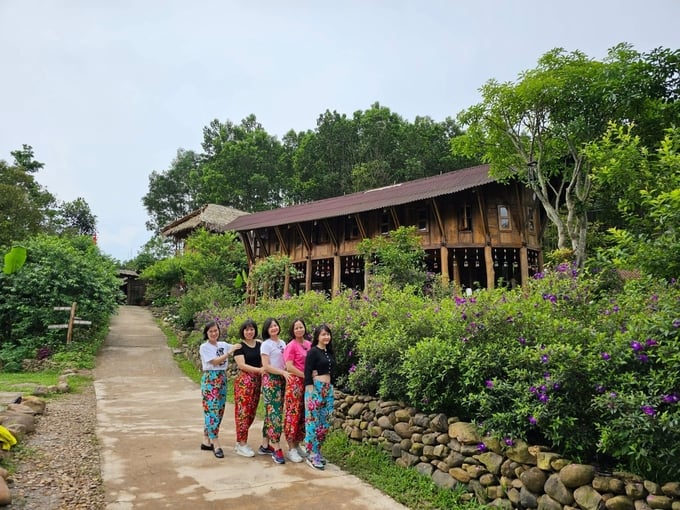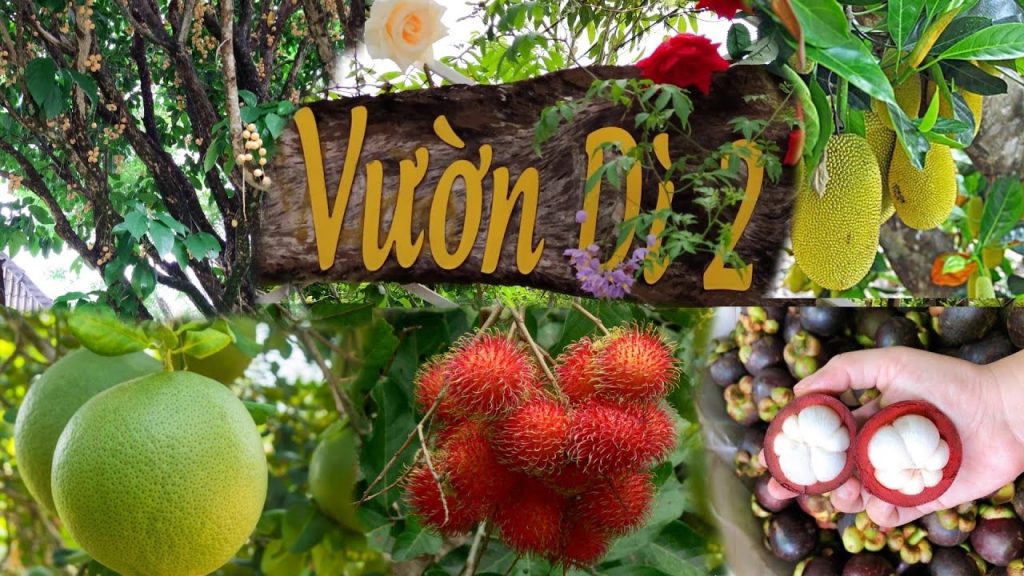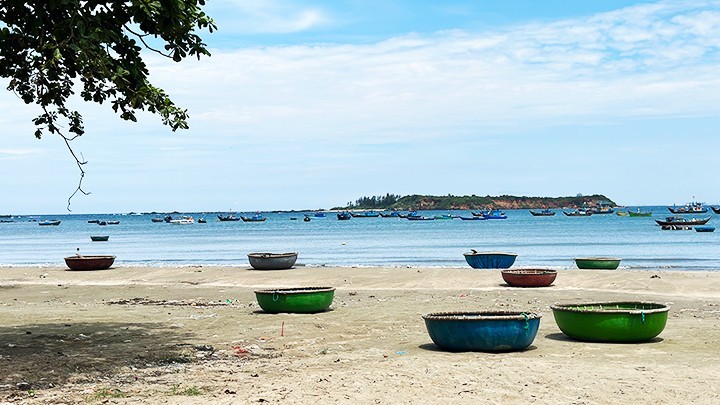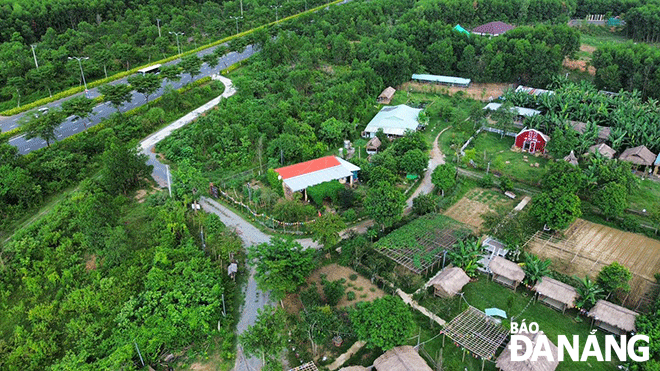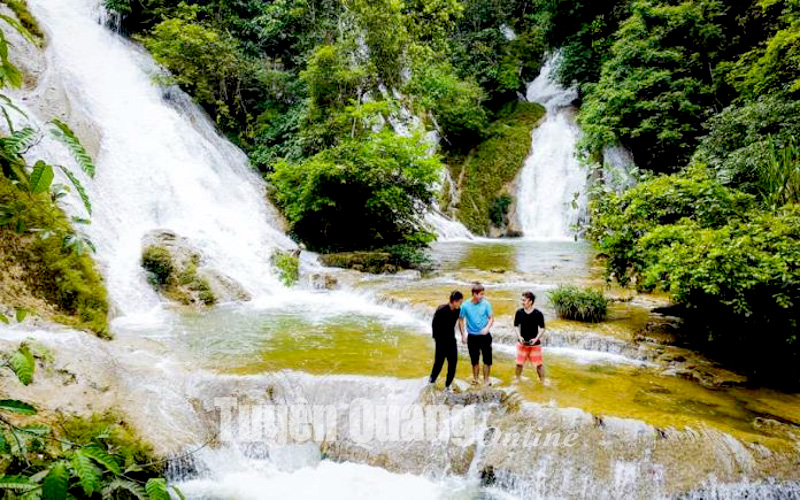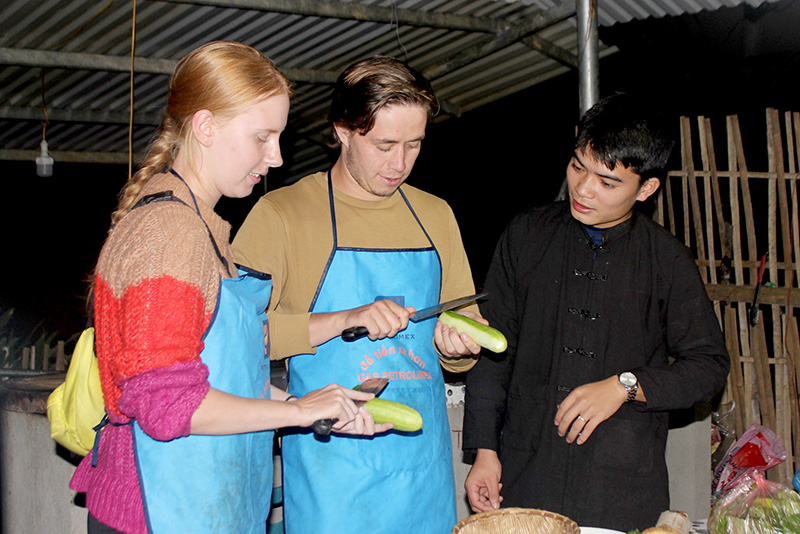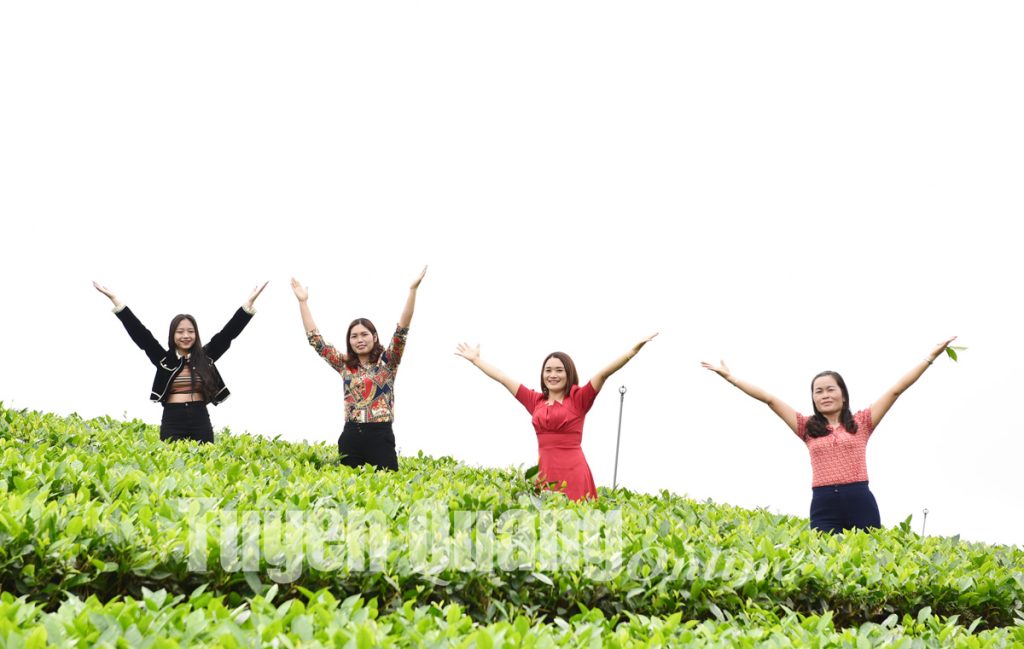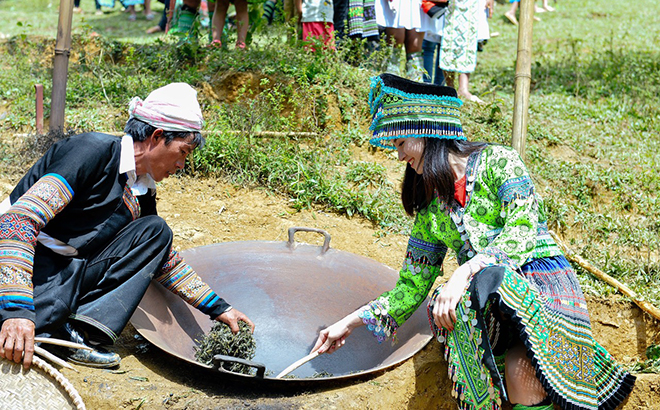 |
| Visitors to Chi Lang Nam Stork Island. (Photo: Nguyen Chinh) |
Covering roughly 69.2 hectares, Chi Lang Nam Stork Island is home to about 18,000 storks and 8,000 herons. The island has a unique and rich ecosystem of flora and fauna with more than 170 species, including typical storks such as white storks, red storks, egrets, flamingos, and herons.
It is also home to many species of birds, such as ibises, mallards, and teals. On the island, there are species listed in the Vietnam Red Book and at risk of extinction, such as pelicans, black cormorants, and swallows.
According to locals, in the past, the island was an area covered with reeds, with a high mound rising in the middle of the field. On top of the mound, there was a very sacred temple.
In the early 15th century, a great flood destroyed the dike around the village into three sections, and water flooded the entire area. Giant whirlpools emerged around the high mound.
After three major floods, the temple on the top of the mound collapsed and was washed away, forming a large lake that was always full of water called An Duong Lake, with a water surface area of over 90,000 m2.
In the middle of the lake, there is still a mound forming today’s Chi Lang Nam Stork Island.
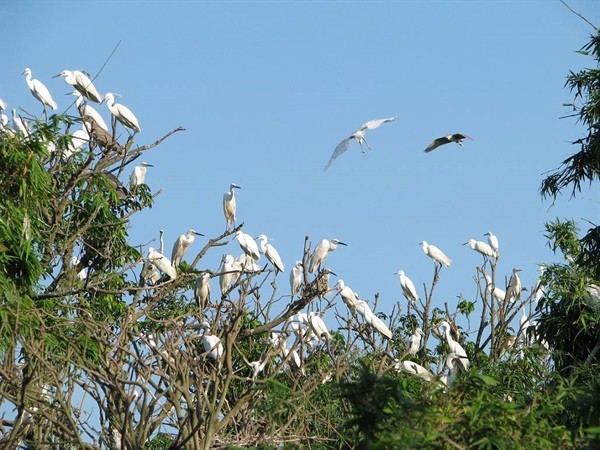 |
|
Chi Lang Nam Stork Island is home to about 18,000 storks and 8,000 herons. (Photo: vietnamtourism.gov.vn) |
An Duong Lake is home to many fish species, shrimp and aquatic creatures such as otters and turtles. According to scientists, this nature reserve with rich biodiversity is preserved almost intact in the north of our country.
Visitors to Chi Lang Nam Stork Island can take on a large boat to travel on An Duong Lake. During the trip, they can watch birds, storks and herons flying across the sky and tilting their wings across the lake.
On the bamboo branches and treetops are the homes of storks and herons. Sunset is the busiest time of the day on the island as flocks of storks and herons from all directions fly back to their nests.
According to their habits, storks fly out to find food in the morning, while herons go out to find food at night. When the herons fly out to find food, the storks tilt their wings and return to their nests to rest.
The sound of the birds wings flapping is astounding, bustling the atmosphere across the lake.
Each year, from the ninth lunar month to the fourth of next year, thousands of storks, herons and birds flock to the island to feed and lay eggs.
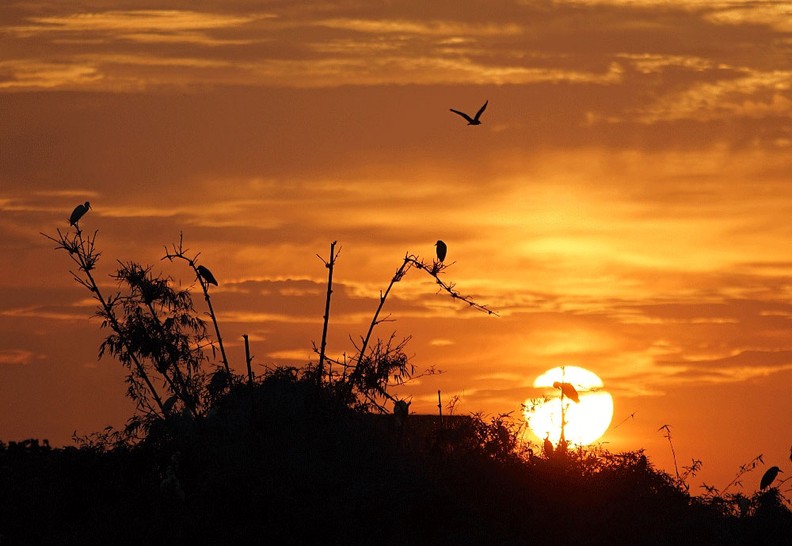 |
|
Sunset is the busiest time of the day on the island as flocks of storks and herons from all directions fly back to their nests. (Photo: haiduong.gov.vn) |
The locals have raised their awareness of protecting the environment and nature, so the storks and herons on the island are very close to the locals.
In 2014, the Ministry of Culture, Sports and Tourism recognised Chi Lang Nam Stork Island as a National Scenic Site. The Hai Duong Provincial People’s Committee named the site a provincial tourist area.
Under the project for tourism development in Hai Duong Province for the period 2021-2030, with a vision to 2050, the provincial authorities identified the Chi Lang Nam Stork Island Eco-Tourism Area in Chi Lang Nam Commune as one of the eight typical tourism products of the province.
Tourist activities in the Chi Lang Nam Stork Island area have focussed on the natural landscape of the countryside in the Northern region and the traditional craft of rice paper-making in Hoi Yen village.
To unlock the available potential and advantages of agriculture, craft villages, landscapes and the ecological environment of the island, the Chi Lang Nam commune has developed agricultural-tourism products to increase travel experiences for tourists.
Accordingly, visitors can explore clean agricultural models such as growing melons, vegetables, and fruits on the island. They can also join activities to learn more about the lives of local people, such as harvesting rice, growing vegetables, visiting lotus-growing areas, and products that are qualified for the One Commune One Product (OCOP) programme.


